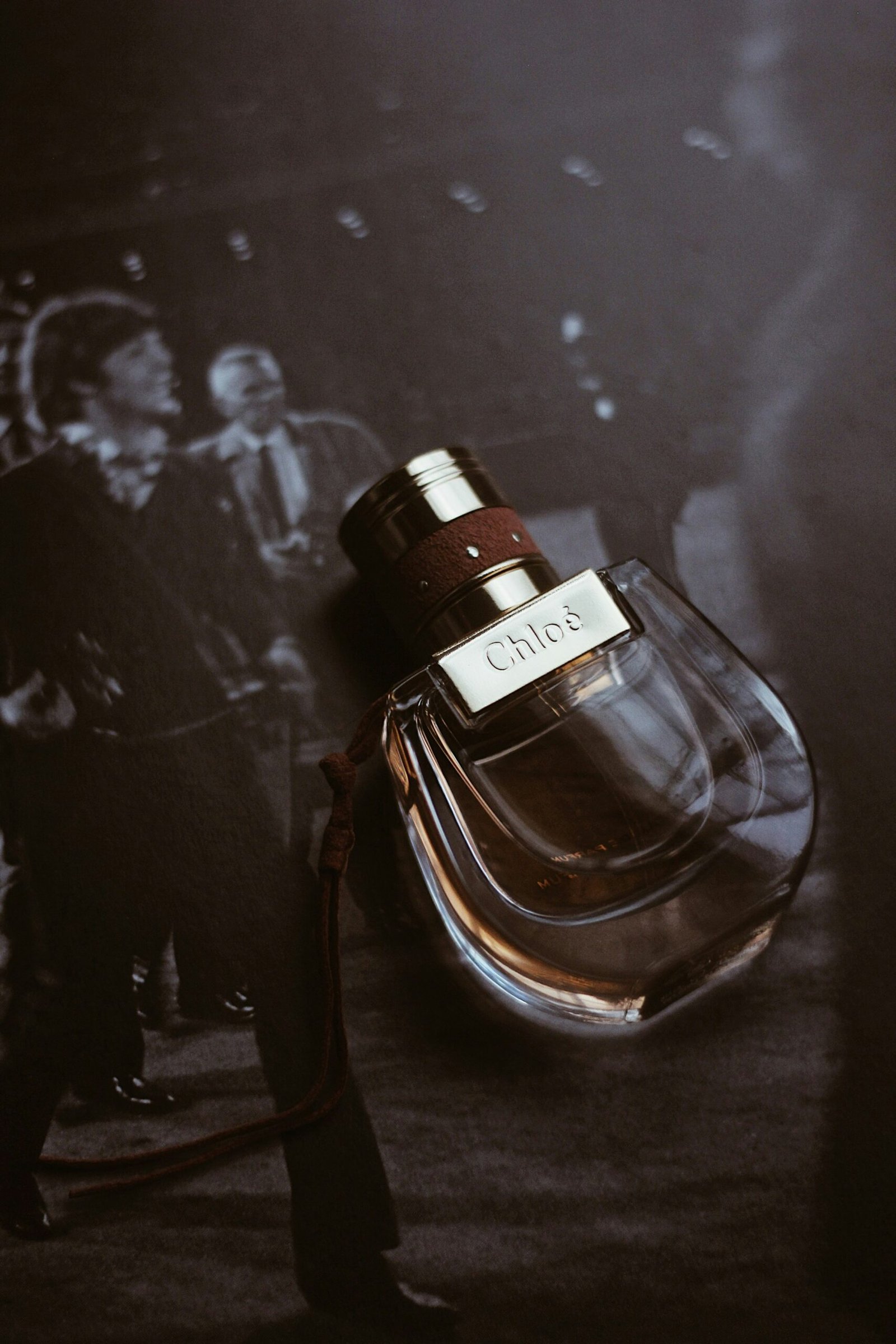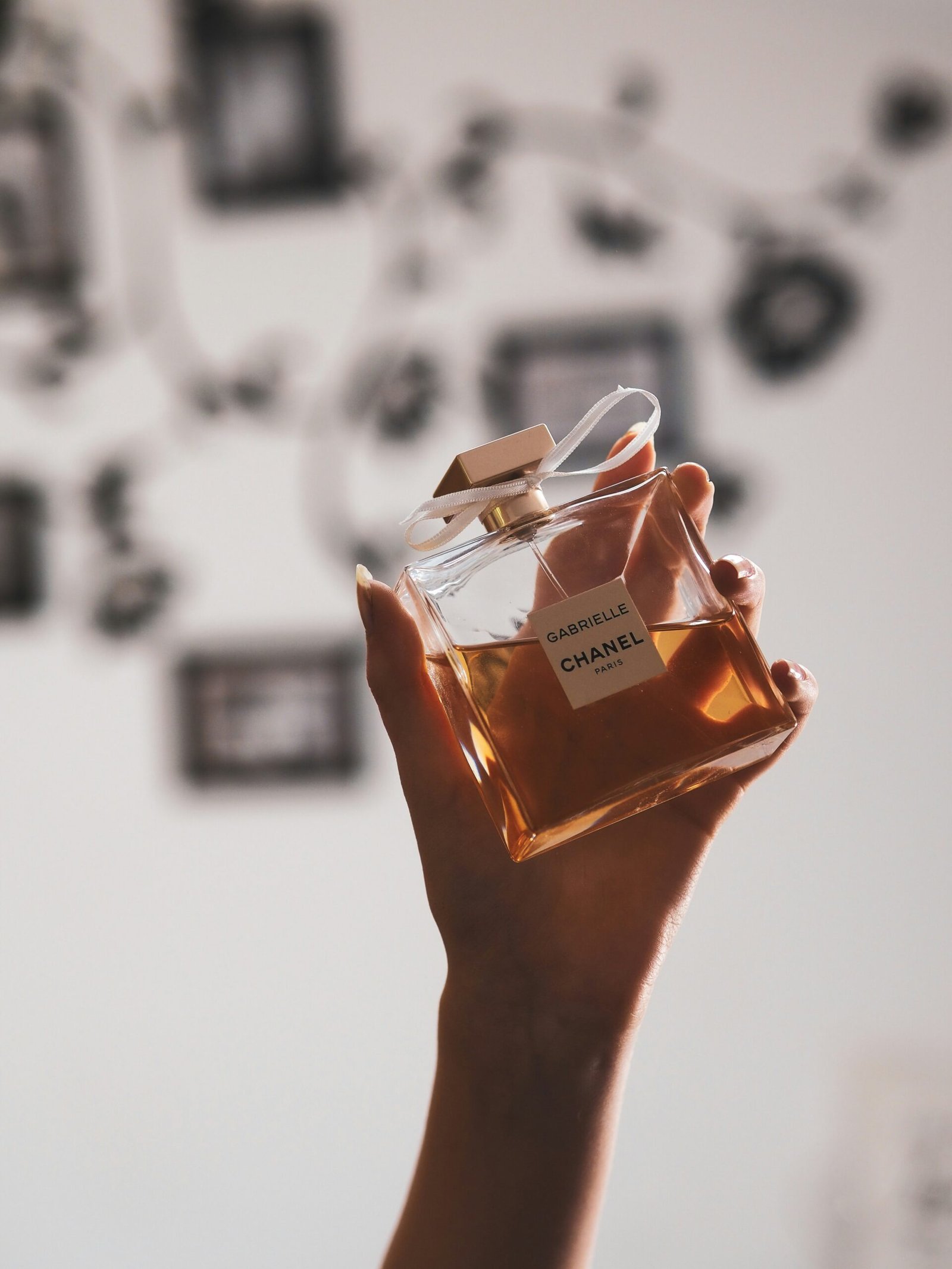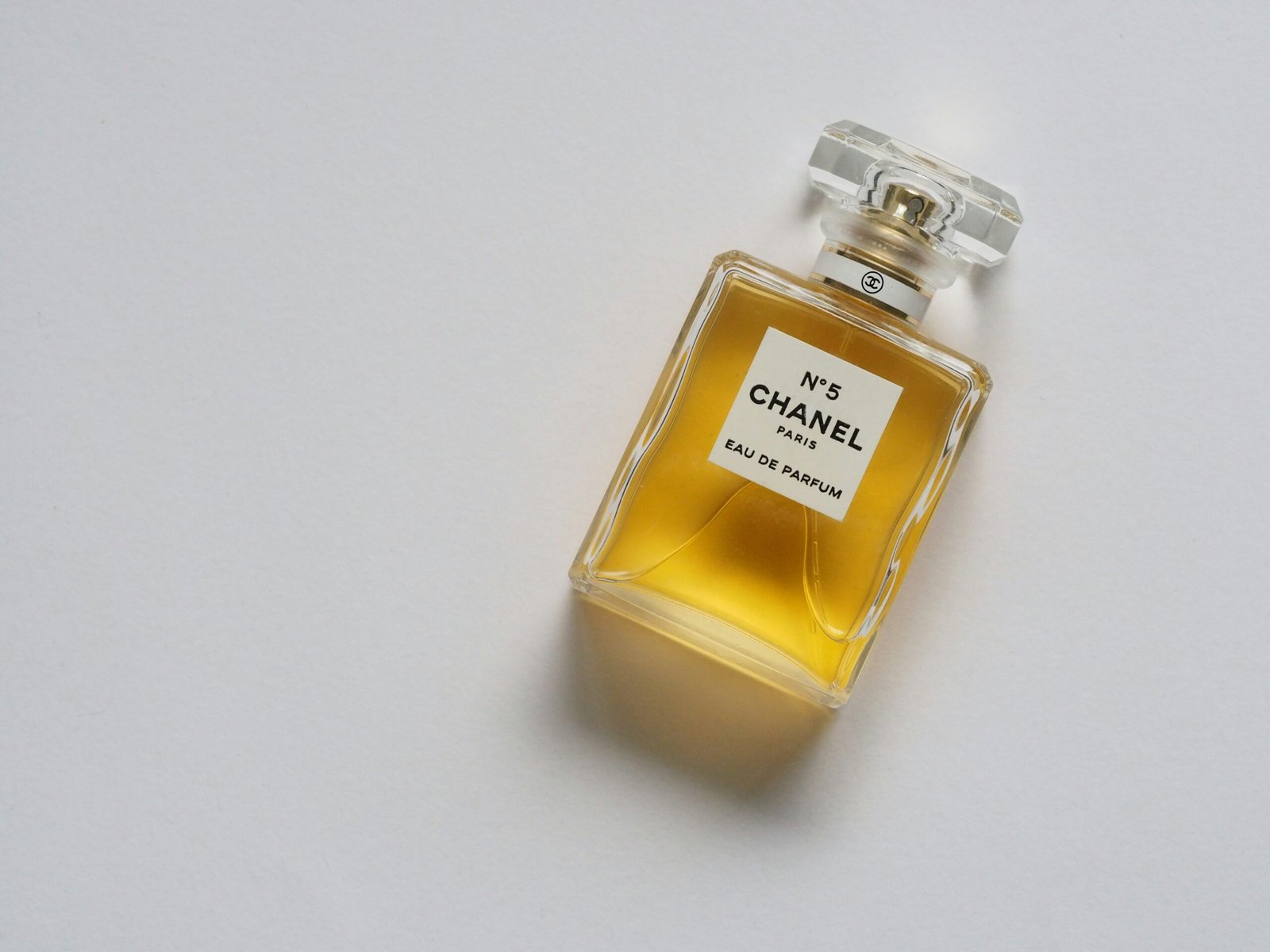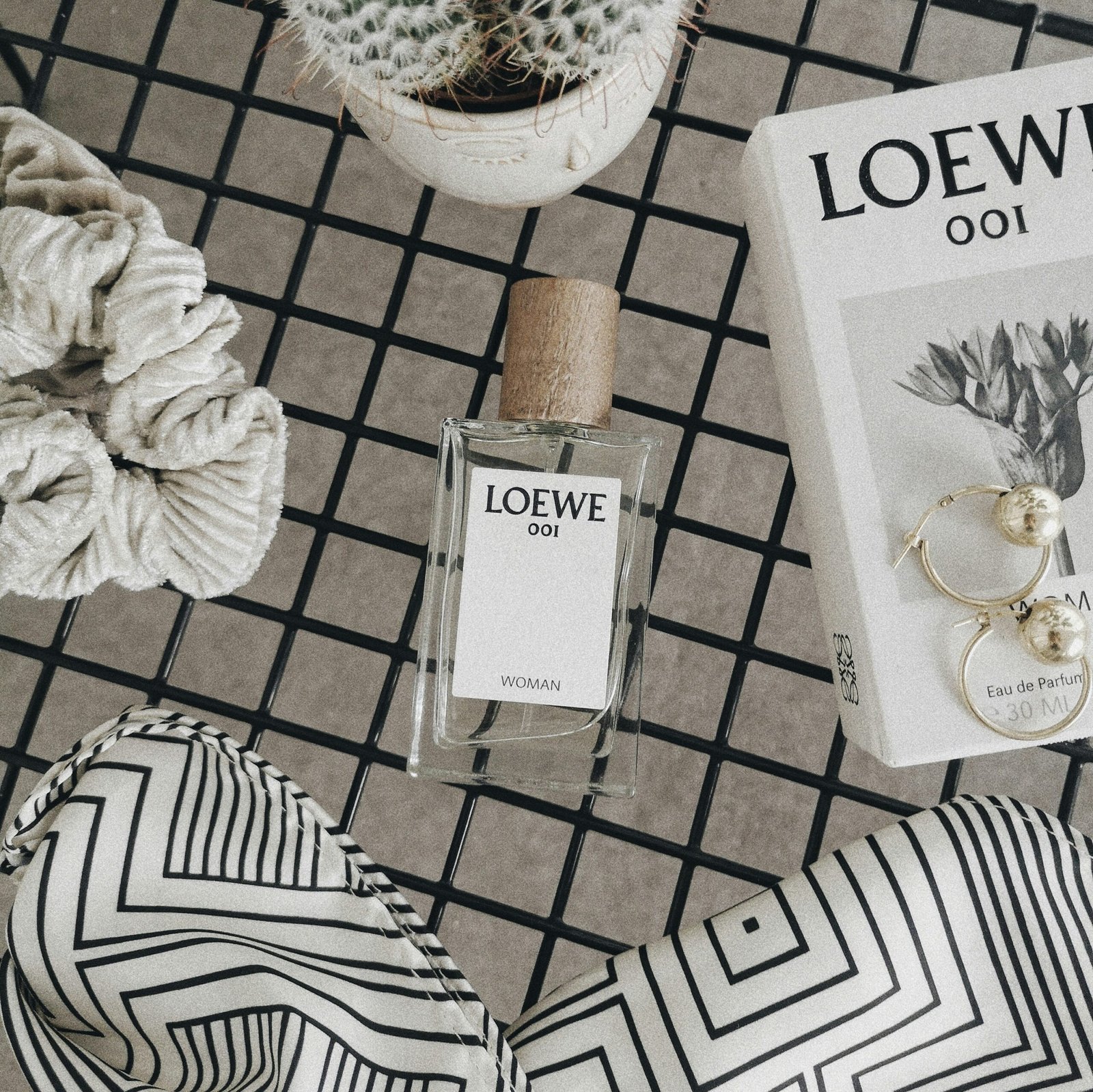Aromatic Journeys: Exploring the World’s Most Exotic Perfumes
Exotic perfumes represent a fascinating facet of the fragrance world, marked by their distinctive and often rare ingredients that evoke a sense of mystery and allure. These perfumes transcend the ordinary, drawing from a rich tapestry of cultural traditions and historical contexts to offer a sensory experience that is both captivating and unique. But what exactly makes a perfume ‘exotic’? It’s not merely the rarity of the ingredients but also the intricate craftsmanship and the evocative stories they tell through their scent profiles.
The allure of exotic perfumes lies in their ability to transport us to distant lands and times, evoking images of lush tropical forests, bustling spice markets, or serene desert oases. These fragrances often incorporate elements that are not commonly found in mainstream perfumes, such as oud from the Middle East, ylang-ylang from the islands of the Indian Ocean, or sandalwood from India. These ingredients, steeped in cultural and historical significance, contribute to the mystique and appeal of exotic scents.
Historically, exotic perfumes have played significant roles in various cultures. In ancient Egypt, perfumes were used in religious ceremonies and as a status symbol among the elite. Similarly, in the Arabian Peninsula, the art of perfumery was highly developed, with scents being an integral part of social and spiritual life. The trade routes of the Silk Road further facilitated the exchange of aromatic materials, enriching the palette of fragrances available to perfumers.
Today, the fascination with exotic perfumes continues, as they offer a unique olfactory journey that is both luxurious and evocative. These scents invite us to explore the world through our senses, experiencing the diverse aromatic traditions that have shaped human culture throughout history. As we delve into the world of exotic perfumes, we uncover not just fragrances but stories, traditions, and the timeless pursuit of beauty and sensory pleasure.
The Art of Perfume Making
The creation of a refined fragrance is an intricate art that requires a deep understanding of chemistry, a keen sense of smell, and unparalleled craftsmanship. The journey begins with the meticulous selection of the finest raw materials, which are often sourced from exotic locations around the globe. These raw materials, including rare flowers, spices, resins, and essential oils, form the foundation of a perfume’s unique character.
Master perfumers, or “noses” as they are commonly known, are the artisans behind these olfactory masterpieces. With years of training and experience, they possess the expertise needed to discern and blend scents in a way that evokes emotion and memory. Their work is akin to that of a composer, carefully orchestrating each note to create a harmonious and complex symphony of aromas. The skill and intuition of a master perfumer are crucial in balancing the top, middle, and base notes to achieve a well-rounded fragrance.
The blending process itself is both an art and a science. Perfumers must consider the volatility and interaction of each component, ensuring that the fragrance evolves gracefully over time. The quality and authenticity of these ingredients are of paramount importance, as they directly influence the scent’s longevity and richness. Exotic perfumes, in particular, rely heavily on the purity of their ingredients, often incorporating rare and precious elements that elevate them above more commonplace scents.
Authenticity in perfume making is not just about ingredients but also about the traditions and techniques passed down through generations. Many renowned perfume houses maintain closely guarded recipes and methods, ensuring that each bottle embodies the heritage and expertise of its creators. The dedication to quality and craftsmanship in the world of exotic perfumes allows these scents to tell a story, transporting the wearer to distant lands and evoking a sense of timeless elegance.
Perfume Origins: A Global Perspective
The world of perfume is a tapestry woven with threads from various corners of the globe, each contributing unique scents that captivate and enchant. The geographical origins of exotic perfumes play a pivotal role in defining their distinct characteristics. Among the regions celebrated for their exceptional fragrances are the Middle East, India, and the Mediterranean, each offering an olfactory journey through their native ingredients.
The Middle East, often regarded as the cradle of perfumery, is particularly renowned for its use of oud, also known as agarwood. This resinous heartwood, prized for its deep, woody aroma, is a cornerstone of many luxurious Middle Eastern fragrances. Oud’s complexity and depth lend an unparalleled richness to perfumes, making them both timeless and opulent. Additionally, saffron, another gem from this region, infuses scents with its warm, slightly metallic undertones, enhancing the fragrance’s overall character.
India’s contribution to the world of perfumery is equally significant, with jasmine standing out as a key ingredient. This delicate flower, often referred to as the “queen of the night,” emits a sweet, intoxicating aroma that is both captivating and sensual. Jasmine’s versatility allows it to be used in a variety of compositions, from light and airy to deep and mysterious. Furthermore, India’s heritage of attar-making, a traditional form of perfume extraction, highlights the country’s deep-rooted expertise in creating complex and enduring scents.
The Mediterranean region, with its diverse flora, also plays a crucial role in the perfume industry. Ingredients such as bergamot from Italy, lavender from France, and myrtle from Greece are integral to many famous fragrances. Bergamot’s fresh, citrusy essence is often used to add a bright, uplifting note, while lavender’s soothing, herbal scent provides a calming balance. Myrtle, with its crisp, green aroma, adds a touch of the wild, sun-drenched landscapes of the Mediterranean to any perfume blend.
These regions, with their unique ingredients and rich traditions, have shaped the world of exotic perfumery, offering a sensory experience that transcends borders and cultures. Their contributions continue to inspire perfumers to create scents that are not only captivating but also deeply evocative of their places of origin.
Iconic Exotic Perfume Ingredients
When delving into the realm of exotic perfumes, one encounters a plethora of unique and luxurious ingredients that define their extraordinary allure. Among the most iconic are ambergris, musk, sandalwood, and patchouli. These ingredients not only contribute to the fragrance’s complexity but also imbue it with a sense of history and opulence.
Ambergris, often referred to as “floating gold,” is a rare substance produced by sperm whales. Found washed up on shores or floating in the ocean, ambergris has a sweet, earthy aroma with a hint of marine undertones. Its unique scent profile enhances the longevity and richness of perfumes, making it highly prized by perfumers. The rarity and labor-intensive process of harvesting ambergris contribute to its high value.
Musk, originally derived from the glands of musk deer, is another cornerstone of exotic fragrances. Today, ethical and sustainable synthetic alternatives are used. Musk has a warm, animalic scent that adds depth and sensuality to a perfume. Its ability to act as a fixative, prolonging the wear of other notes, makes it indispensable in the perfume industry. Musk’s enveloping aroma lends a seductive quality to many high-end fragrances.
Sandalwood is renowned for its creamy, woody scent, which is both calming and grounding. Sourced primarily from the Indian subcontinent, particularly Mysore, sandalwood has been used in perfumery for centuries. Its rich, balsamic fragrance enhances the complexity of perfumes, providing a smooth and lasting base note. The slow-growing nature of the sandalwood tree and its sustained demand add to its prestige and value.
Patchouli, with its distinct, earthy aroma, hails from tropical regions in Asia. The essential oil, extracted from the leaves of the patchouli plant, exudes a rich, slightly sweet scent with hints of spice and musk. It is celebrated for its ability to add a mysterious and exotic element to fragrances. Patchouli’s robust nature ensures that it remains prominent throughout the life of the perfume, contributing to its exotic character.
These iconic ingredients—ambergris, musk, sandalwood, and patchouli—are treasured in the perfume industry for their unique characteristics and the luxurious qualities they impart to fragrances. Their origins and sensory profiles set them apart, making them indispensable in the creation of some of the world’s most exotic and sought-after perfumes.
Top Exotic Perfumes to Try
Embarking on an aromatic journey through the world of exotic perfumes reveals a treasure trove of unique and captivating scents. Here is a curated list of some of the top exotic perfumes that stand out for their distinctive compositions and enchanting allure.
TOM FORD Black Orchid: A masterpiece in the realm of luxury fragrances, Black Orchid combines rich, dark accords with alluring florals and spices. Key notes of black truffle, ylang-ylang, and blackcurrant merge with the opulence of dark chocolate and vanilla. This fragrance is inspired by the elusive black orchid flower, making it a perfect choice for evening wear or special occasions.
Creed Aventus: Celebrated for its powerful and sophisticated scent, Creed Aventus features top notes of pineapple, black currant, and bergamot that transition into a heart of birch, patchouli, and jasmine. The base of oakmoss, vanilla, and ambergris provides depth and longevity. Inspired by the dramatic life of a historic emperor, Aventus is ideal for both formal events and daily wear.
Byredo Gypsy Water: This contemporary fragrance captivates with its fresh and woody notes. Juniper berries, lemon, and pepper lead into a heart of incense and pine needles, resting on a base of amber and sandalwood. Inspired by the Romani lifestyle, Gypsy Water evokes a sense of freedom and adventure, making it perfect for casual, everyday wear.
Amouage Jubilation XXV: Known for its rich and complex composition, Jubilation XXV offers an opulent blend of blackberry, coriander, and honey at the top, with a heart of frankincense, rose, and orchid. The base of myrrh, amber, and musk adds a warm, enduring finish. This fragrance, inspired by ancient traditions and timeless elegance, is well-suited for formal occasions and cooler seasons.
Guerlain Shalimar: A classic in the world of exotic fragrances, Shalimar is an oriental perfume that combines citrusy top notes of bergamot with a heart of iris, jasmine, and rose. The warm base of vanilla, tonka bean, and incense creates a lasting impression. Inspired by the love story of Emperor Shah Jahan and Mumtaz Mahal, Shalimar is ideal for romantic evenings and cooler weather.
These exotic perfumes, each with their unique blend of notes and inspirations, offer a diverse range of aromatic experiences suited for various occasions and seasons. Whether you prefer a classic or contemporary fragrance, these selections promise to transport you to a world of olfactory delight.
The Cultural Significance of Perfumes
Perfumes have played an integral role in human societies for millennia, transcending mere olfactory pleasure to embody cultural significance and tradition. Across various cultures, fragrances are not just personal adornments but are deeply embedded in rituals, celebrations, and daily life, reflecting the essence of cultural identity and heritage.
In many ancient civilizations, perfumes were considered sacred and were extensively used in religious ceremonies. For instance, in ancient Egypt, the use of incense, primarily made from resins like frankincense and myrrh, was prevalent in temples and burial rituals. The Egyptians believed that fragrances had the power to communicate with the gods, and thus, they were an essential element in the preparation of the deceased for the afterlife. Similarly, in Hindu traditions, incense sticks, known as agarbatti, are an indispensable part of religious rituals, symbolizing the presence of the divine.
Perfumes also play a significant role in social customs and celebrations. In the Middle East, the tradition of gifting perfumes is a cherished practice. Perfumes, especially those made from oud and rose, are given as tokens of respect and hospitality during special occasions such as weddings and festivals. This practice not only signifies the giver’s esteem but also highlights the cultural importance of these exotic scents in expressing social bonds.
Moreover, in many Asian cultures, the daily use of fragrance is a vital aspect of personal grooming and home ambiance. In Japan, the art of Kodo, or “the way of incense,” is a refined cultural activity that involves the ceremonial appreciation of fragrances. This practice, rooted in mindfulness and aesthetic appreciation, underscores the cultural reverence for the sensory experience of scent.
The cultural significance of perfumes is profound and multifaceted. From religious ceremonies to social customs, the use of fragrance is a testament to its enduring presence and importance in human history. Perfumes not only enhance personal allure but also serve as a bridge to cultural identity and heritage, encapsulating the essence of traditions and the shared human experience of scent.
How to Choose and Wear Exotic Perfumes
Selecting and wearing exotic perfumes can be a delightful yet intricate task. The first step in choosing a fragrance is to consider your personal preferences and the emotions you wish the scent to evoke. Exotic perfumes often feature unique and rare ingredients, making them stand out. It’s essential to sample a variety of perfumes to identify which notes resonate with you. Pay attention to the top, middle, and base notes; each layer contributes to the overall fragrance experience in different ways.
Your skin type also plays a crucial role in how a perfume develops and lasts. Oily skin tends to hold fragrances longer, while dry skin may require more frequent reapplication. Therefore, it’s advisable to test the perfume on your skin before making a purchase. Apply a small amount on your wrist or inner elbow and observe how the scent evolves over several hours.
The occasion is another factor to consider when selecting an exotic perfume. Lighter, citrus-based fragrances are often suitable for daytime or casual events, whereas richer, more intense scents with spices or woods are typically reserved for evening or formal occasions. Matching the fragrance to the event ensures that it complements rather than overwhelms.
To maximize the effect and longevity of your perfume, proper application is key. Apply perfume to pulse points where the skin is warmest, such as the wrists, neck, and behind the ears. This helps in the gradual release of the fragrance. For a subtler scent, consider misting the perfume into the air and walking through the fragrant cloud.
Layering techniques can also enhance your fragrance experience. Start with a scented body lotion or oil that complements your chosen perfume. This not only prolongs the scent but also adds depth. Understanding perfume notes and how they interact with your skin and other products is crucial for creating a cohesive and lasting aromatic presence.
Conclusion and Final Thoughts
Throughout this exploration of the world’s most exotic perfumes, we’ve delved into the rich history and captivating allure that define these unique fragrances. From the rare ingredients sourced from remote corners of the globe to the intricate craftsmanship involved in their creation, exotic perfumes offer more than just a scent—they provide an olfactory journey that evokes distant lands and timeless elegance.
These fragrances stand out not only for their rarity and complexity but also for their ability to evoke emotions and memories, creating a deeply personal and sensory experience. The enchanting world of exotic perfumes is a testament to the artistry and dedication of perfumers who strive to capture the essence of nature’s most elusive and precious elements.
We encourage you to explore these unique fragrances and consider incorporating them into your personal style. Whether it’s the warm, spicy notes of oud, the delicate and floral aroma of jasmine, or the rich, earthy scent of sandalwood, there’s an exotic perfume that can complement and enhance your individuality. Embrace the opportunity to discover new olfactory landscapes and let these extraordinary scents become a part of your daily routine.
As you embark on your own aromatic journey, we invite you to share your experiences with exotic perfumes. Have you encountered a fragrance that transported you to a far-off place or evoked a cherished memory? Your stories and insights can inspire others to explore and appreciate the world of exotic perfumes. Join the conversation and let us know how these unique scents have influenced your personal style and enriched your life.
Share this content:




 Italiano
Italiano English
English Español
Español